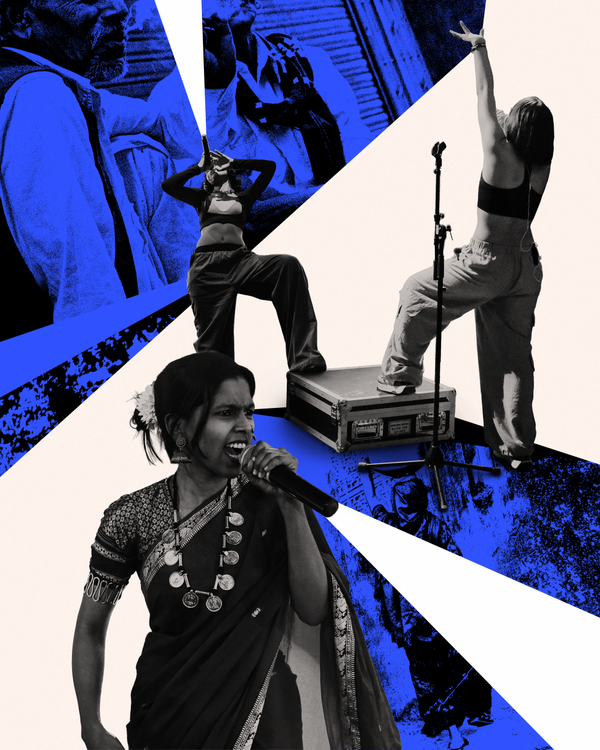In the Aftermath of a Devastating Earthquake, Afghan Women Struggle to Get Help…Because They’re Women
Taliban restrictions have made women medics a rarity, putting women’s health, care and survival at serious risk.
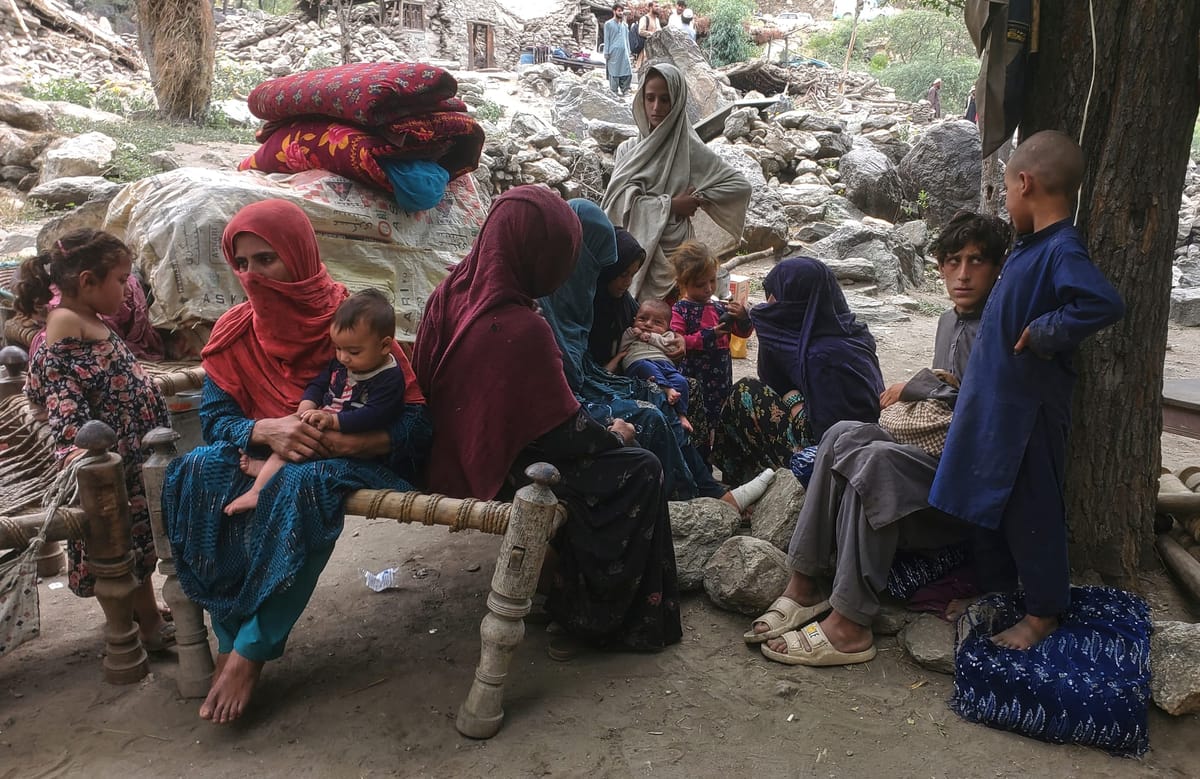
Imagine you’ve just lost everything—your home, your loved-ones, everything you hold dear—in a natural disaster. Now imagine that members of the disaster response team can’t put their arms around you or treat your injuries. In fact, they are barely even allowed to speak to you—because you’re a woman.
That’s the situation faced by tens of thousands of female survivors of last week’s earthquake in Afghanistan, which has killed more than 2,000 people and destroyed entire villages in a remote, mountainous part of the country.
As the response to the Aug. 31 disaster moved from rescue to recovery, evidence was growing that women weren’t getting the help they needed. There are hardly any women among the emergency workers and medics on the ground, a legacy of Taliban restrictions on women’s work. The Taliban have also barred women from having contact with men to whom they’re not directly related, a restriction they have not officially lifted even in the face of one of the worst natural disasters to hit the country in years.
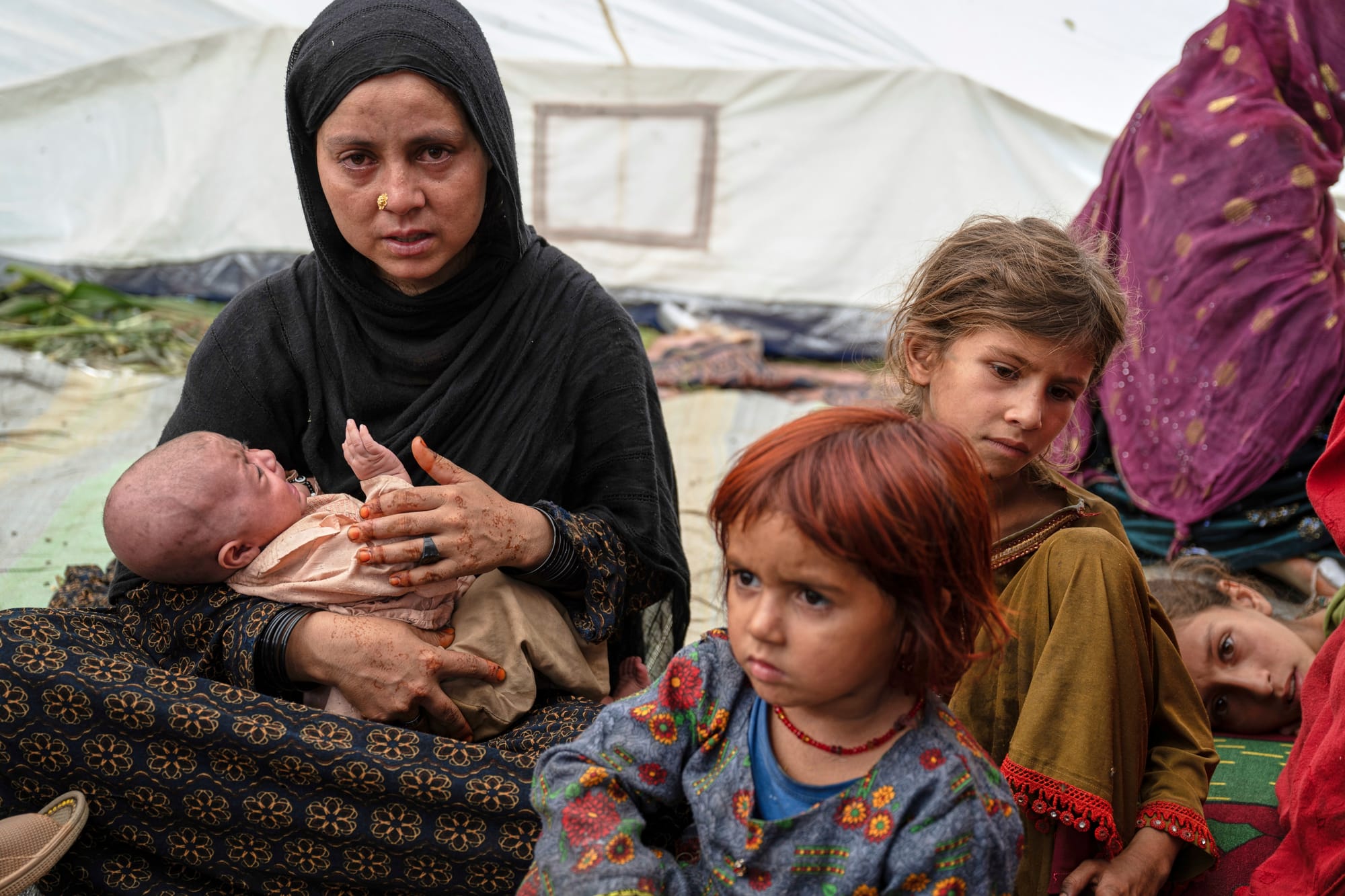
Aid workers and medics I spoke to in Afghanistan told me there’s a desperate shortage of female medical workers across the affected region. One male paramedic expressed frustration and sadness that women who’d lost their entire families in the quake could not be comforted by staff at the clinic where he works because of cultural taboos around contact between the sexes, now enshrined in law and strictly enforced by the country’s notorious Ministry for the Propagation of Virtue and Prevention of Vice, which replaced the women’s ministry.
The number of female nurses can be counted on your fingers.
The lack of women doctors also has far-reaching implications for the treatment of female survivors.
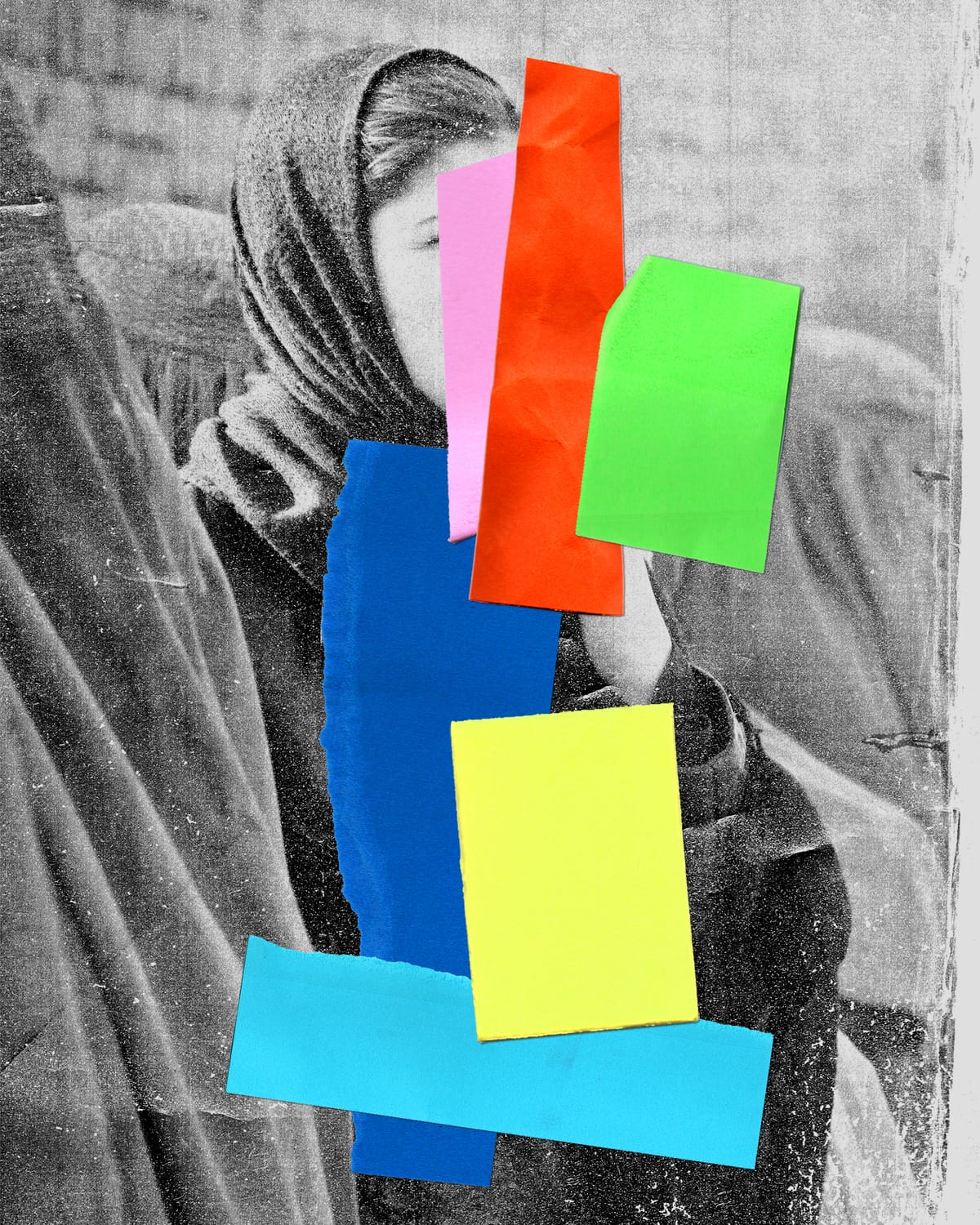
Overstretched doctors
The disaster zone spans three provinces and the number of female nurses operating there “can be counted on your fingers,” said the male paramedic, who did not want to be named, calling it a “critical problem with no clear solution.”
One female aid worker—herself a rarity—in the worst-hit province of Kunar, is trying to recruit Afghan midwives to work alongside male doctors in hospitals, where they can both provide treatment and act as intermediaries for specialists. “Women are suffering the most, because they can’t share their medical problems with male doctors,” she said.
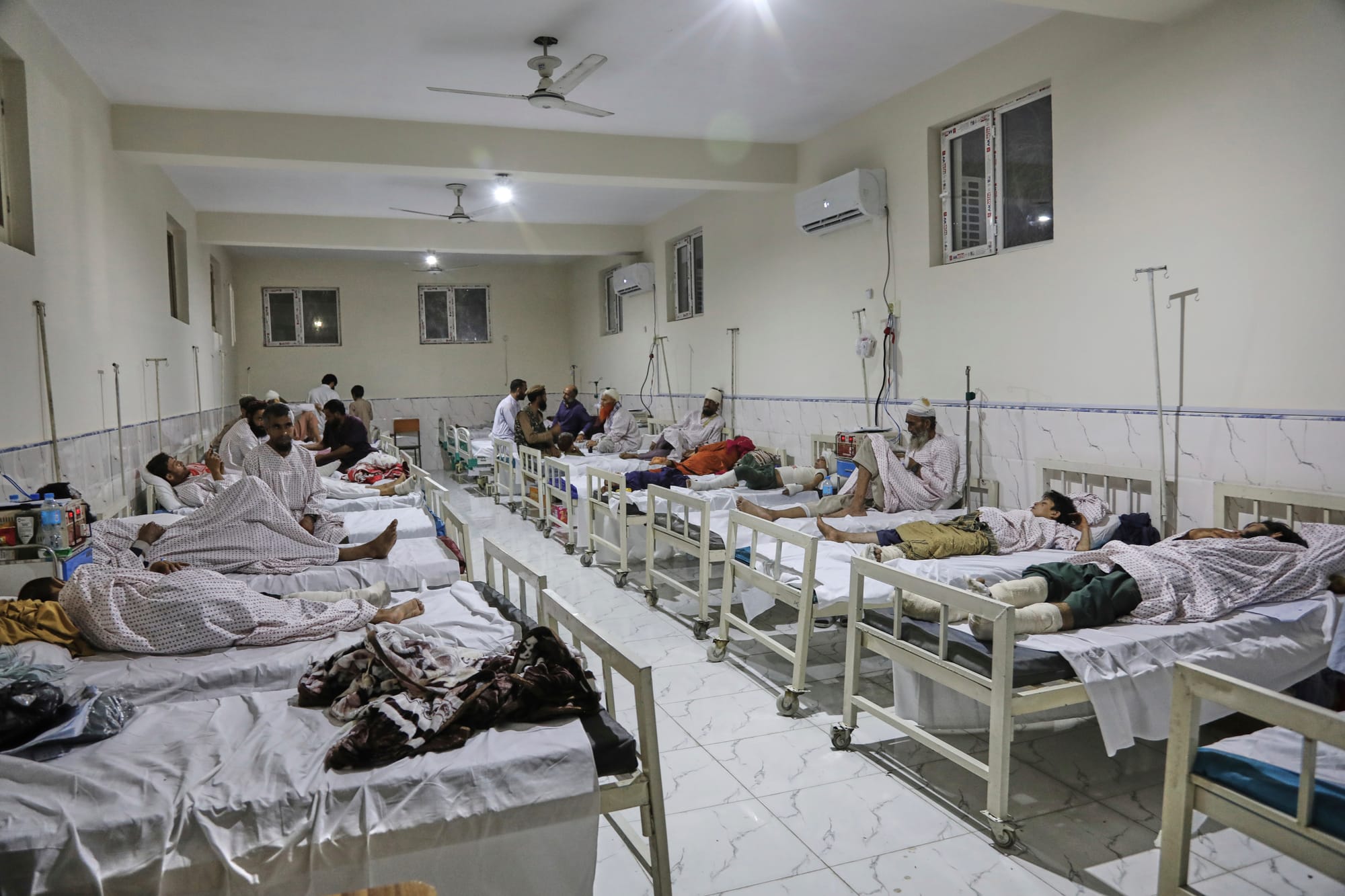
Overstretched doctors and aid workers say there is an urgent need for female medics in the region, where the 6.0-magnitude earthquake leveled thousands of houses and buried villagers while they slept.
These same workers say there are only about a dozen female nurses to care for hundreds of women and girls with fractures and head injuries. Some are pregnant. Women are being treated by male doctors if a female medic is present, but even that’s rarely possible—because female medics are so rare.
Orthopedic surgeons play a key role in earthquake response, as fractures and other crush injuries are survivable as long as they’re treated in time. But there were no female orthopedic specialists in the region directly following the quake, according to a male orthopedic surgeon who travelled from Kabul to Kunar with a Taliban-led disaster management team hours after the powerful tremor.
'We don’t have a single local female surgeon to support us.'
“Afghan women are battling death, and we don’t have a single local female surgeon to support us,” he said.
A Taliban legacy
Since the Taliban re-took power in August 2021, following the U.S. military withdrawal, they have implemented draconian restrictions on women’s freedoms, barring them from most jobs and all education after the age of 12. All medical training for women has been stopped, meaning even those who are already partly qualified can’t update their skills along with their male colleagues.
Most of the leading female surgeons, historically based in Kabul, left after the Taliban takeover to ensure their children could continue education and live in societies where men and women enjoy equal rights. And by blocking girls’ access to education, the Taliban have halted the flow of new female health workers into the workforce.
According to a 2024 U.N. Women report, the scarcity of women doctors, nurses, and midwives has worsened maternal mortality and morbidity in Afghanistan, which already had one of the highest maternal mortality rates globally. The report references a 2022 survey in which only 10% of Afghan women said they were able to cover their basic health needs with the health services available to them, compared with 23% of Afghan men.
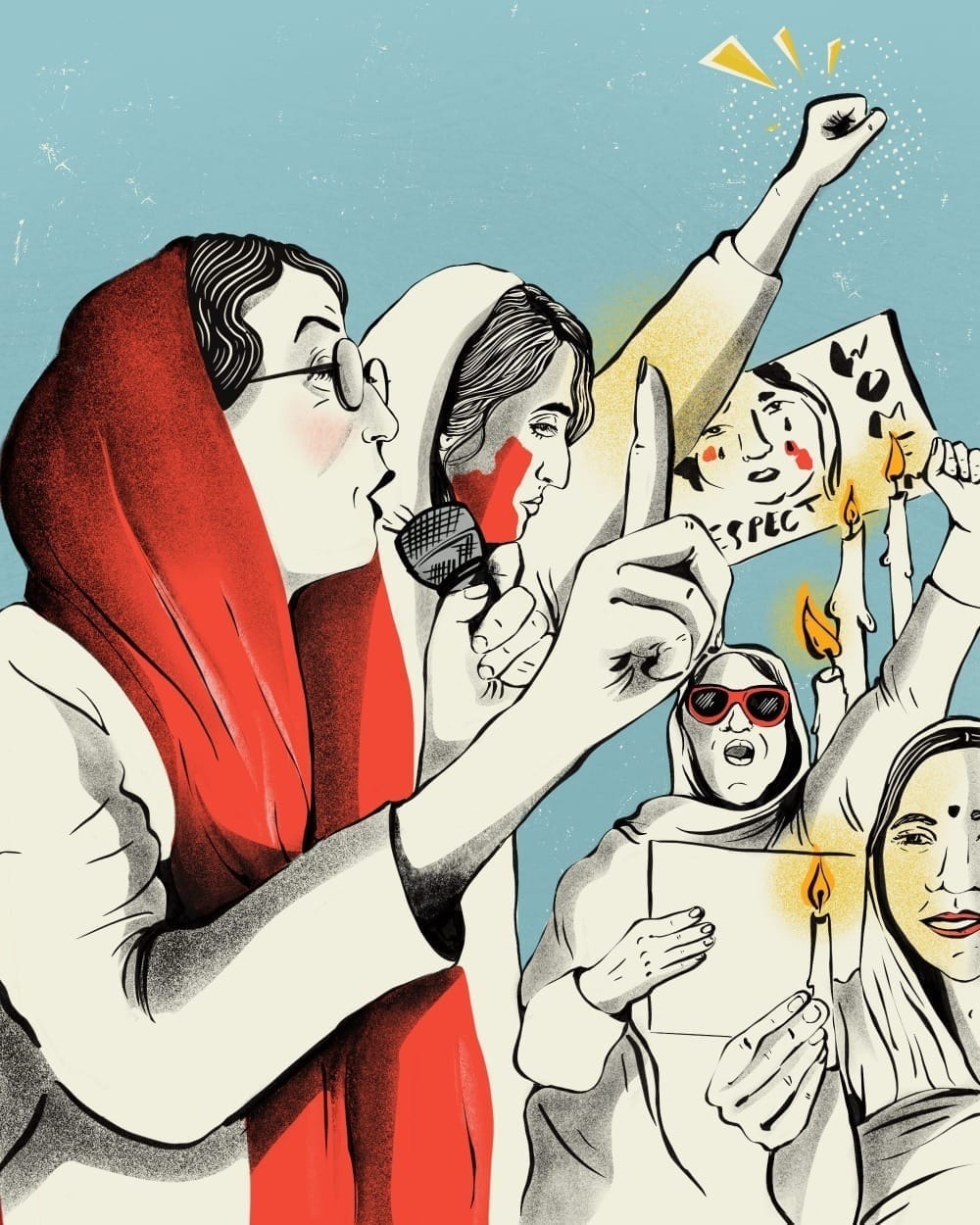
Getting aid where it's needed
Aid delivery is further complicated by the fact that the Taliban are not internationally recognized as the government of Afghanistan, in part because of the extreme restrictions they’ve imposed on women. Despite a global outcry, they have not reversed their stance, even in the face of the latest tragedy.
We don’t yet know whether more women than men died in the quake—and we may never know. In remote areas, many victims were swiftly buried by family and neighbors, following Muslim tradition, and they may not be officially recorded. The Taliban have now put the death toll at over 2,200 with more than 5,000 people injured, but they have not broken down those numbers by gender.
Earthquakes often kill women in greater numbers than men for a variety of reasons. When a major earthquake hit Nepal 10 years ago more than half the victims were women and girls, largely because they were more likely to be indoors when it struck, causing buildings to collapse. When a massive quake hit northern Pakistan in 2005, the fact that women died in greater numbers than men was attributed to a reluctance to leave their homes due to the tradition of purdah, which segregates the sexes.
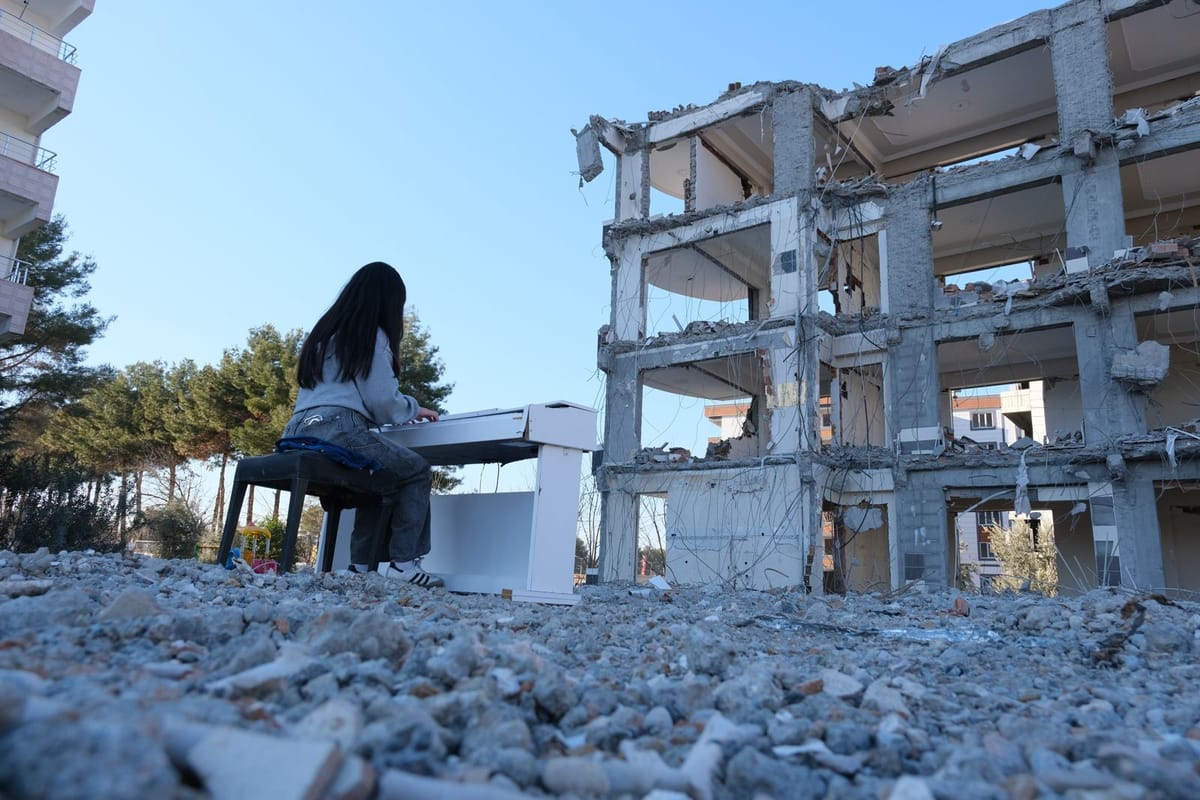
Beyond tradition
The area of eastern Afghanistan where the quake hit is also extremely conservative. But in Afghanistan, sex segregation goes beyond tradition—it’s now the law.
One female aid worker urged the Taliban to ease restrictions on women workers given the “extraordinary circumstances.”
“As a female foreign aid worker, I don’t want to be kicked out by the government when Afghan women need me,” she said.
Some have questioned why we’re not seeing any women in the news footage from the disaster zone. The BBC’s Yogita Limaye, one of the first reporters on the scene, said nearly half of the injured she saw at an evacuation airfield were women, but that her team had been “aggressively and repeatedly” told not to film them by Taliban officials, and had also been prevented from accessing the women’s ward in the hospital where they were being taken.
She said it was unclear why these restrictions were being imposed by the authorities.
What is clear, she said, “is that the stories of the trauma faced by women in the aftermath of the earthquake are unlikely ever to be heard.”






